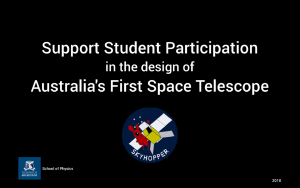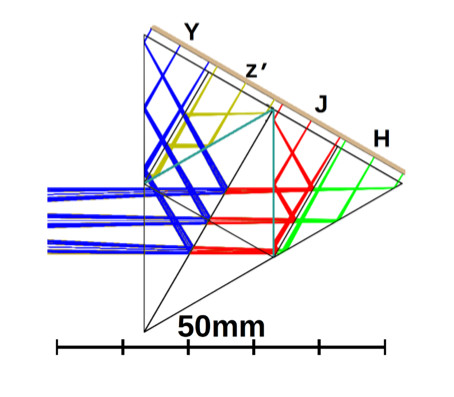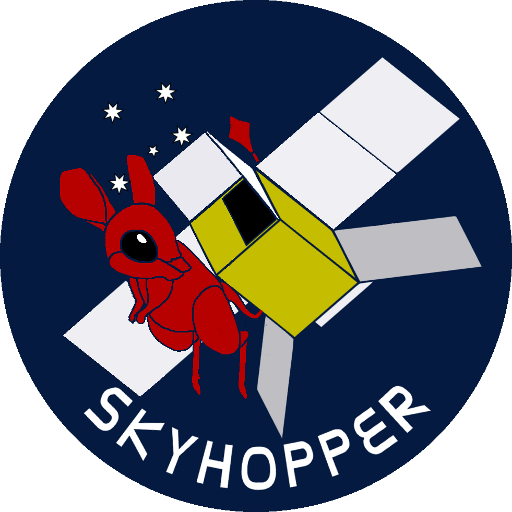Sky Hopping with Australia’s First Space Telescope
SkyHopper has been featured in an article on The University of Melbourne’s Pursuit blog, written by Principal Investigator Michele Trenti. The piece discusses some of the challenges of engineering a space telescope that needs to fit in a shoebox, as well as the technological advances that are leading to the emergence of a smaller breed of satellites in an ongoing 21st century race to make space more accessible:



